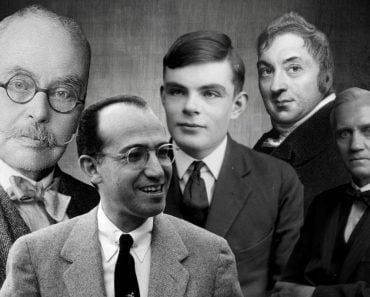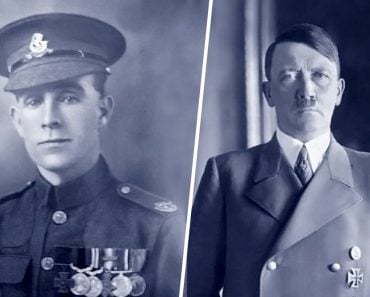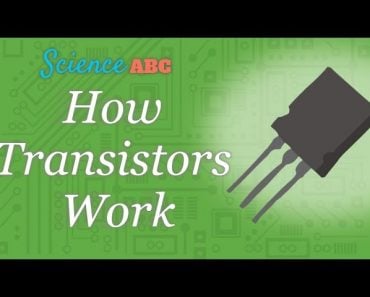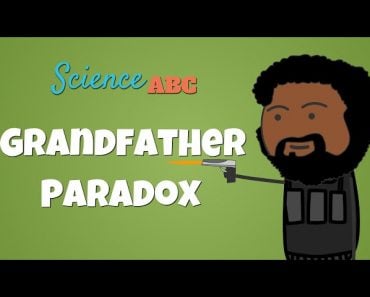The Enigma Machine was developed back in the 1920s. It was meant to be a cipher device that would help in the transmission and reception of classified messages. However, due to its brilliant ingenuity, it was used extensively during the second World War by German armed forces.
It is often remarked that wits win you a war, rather than numbers. Time and again it has been proven throughout history. There have been many such examples when, despite being on the defense for a long time, a sudden breakthrough with the help of sheer intelligence helps to turn the tables. This is precisely what happened during World War II when Allied forces cracked the Enigma code used by Germans in their radio communication. This not only helped lead to an Allied victory, but also proved how the pure intelligence of a small group of people can save millions of lives.
So what was this Enigma code, and what made it so powerful that breaking it caused the collapse of the German forces?
Recommended Video for you:
The Enigma Machine
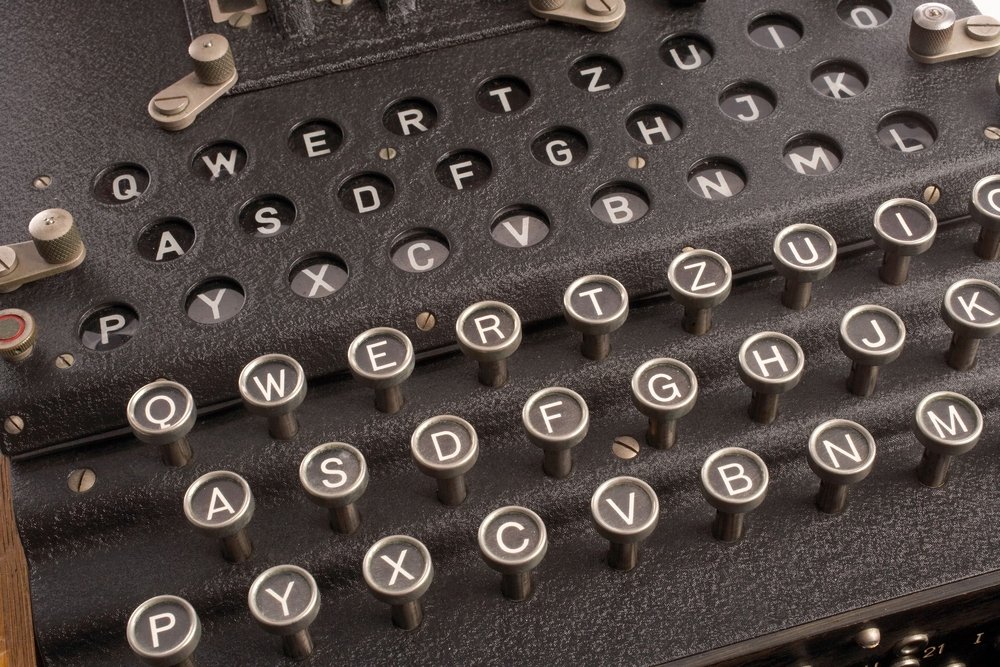
The Enigma Machine was a cipher machine that was developed back in the 1920s. It was meant to be a cipher device that would help in the transmission and reception of classified messages in the political and business domain. However, due to its brilliant ingenuity, it was used extensively during the second World War by German armed forces in their military operations.
Also Read: What Is The Turing Test?
What Did The Enigma Machine Do?
Essentially, the Enigma Machine did the same work as any other cipher machine; it facilitated the encryption of classified communication. In other words, it coded and decoded messages that were then transmitted over thousands of miles. Although the machine was originally meant to be used to transmit confidential business-related information, but in the late 1930s, its unmatched potential as a transmission device in the theater of warfare was realized.
Also Read: Cracking The Uncrackable: How Did Alan Turing And His Team Crack The Enigma Code?
How Did The Enigma Machine Work?
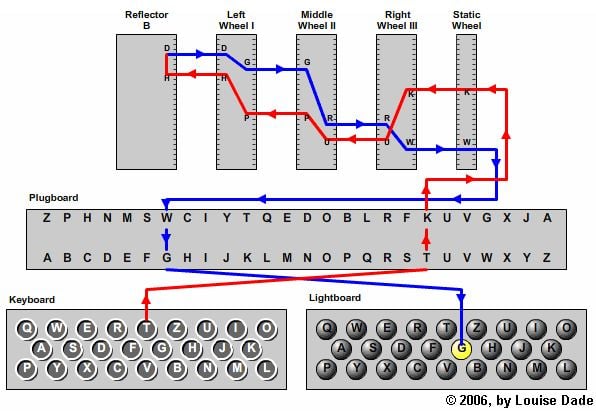
As mentioned earlier, the Enigma Machine is an electromechanical device, which works through mechanical parts as an electric current passes through it.
The machine consists of four main components: keyboard, plugboard, lampboard and rotors. When you press a key on the keyboard (L, for example), an electric signal is generated, which subsequently moves through all of these components to encrypt an alphabet.
The first stopping point of the electric signal (generated from the ‘L’) is the plugboard. Some of the letters on the plugboard might be connected to another letter (let’s say M). Now, the signal is diverted through ‘M’. The next stop is the static rotor, which doesn’t do anything to the signal, but it does turn the wires into contacts, since the signal can only pass when the contacts touch. The output of the static rotor acts as the input to the moving rotors. This is where most of the scrambling takes place.
The Puzzling Rotors (Scramblers)
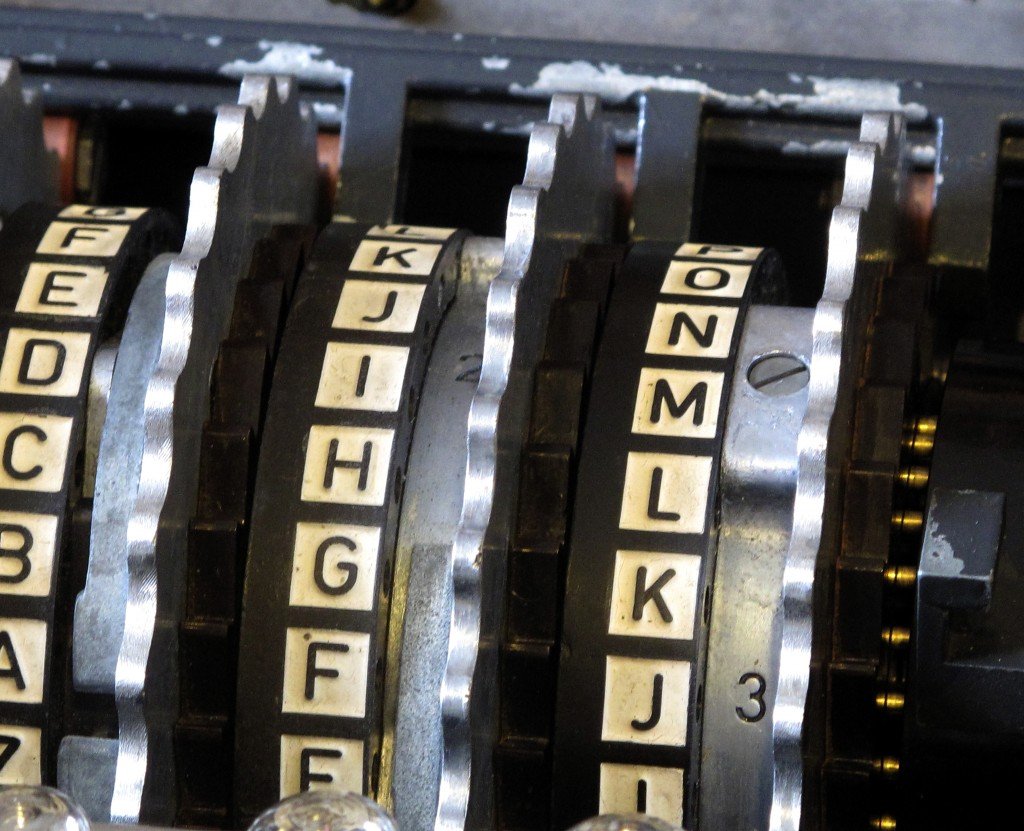
There are three rotors; fast (right), middle and slow (left). All of these rotors have a gauge that displays numbers from 1 to 26. The electric signal first passes through the fast rotor, then through the middle rotor, and finally comes out through the last (the slowest rotor). Therefore, when the letter ‘L’ is pressed, the fast rotor rotates one notch, changing the number in the gauge next to it. After one revolution of the fast rotor is complete, it triggers one notch rotation of the middle rotor.
A good analogy for the Enigma Machine, is the hands of a clock; the fast rotor is the second hand, the middle one is the minute hand, and the slow rotor is the hour hand. When 60 moves of the second hand are complete, the minute hand moves one notch; similarly when 60 moves of the minute hand are complete, the hour hand moves one notch.
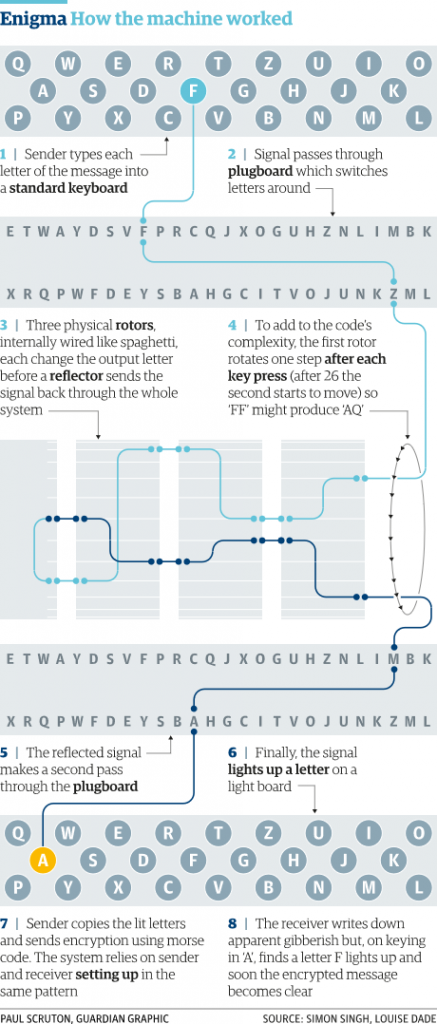
We’re Not Done Yet!
After the signal comes out as an output from the slow rotor (left rotor), it goes through the reflector. It takes a letter as an input and reflects a different letter as an output. This output traces the same journey backwards through the machine, until it ends in the lampboard, where it lights up a light bulb under one of the 26 letters. Therefore, after going through the entire circuit, if the letter ‘L’ is encrypted as ‘A’, then the light beneath the ‘A’ is lit.
Why Was The Enigma Code Called ‘Uncrackable’?
After reading through how the Enigma Machine worked, you can probably guess how difficult it was to crack the codes that came out of it. If you couldn’t gauge its complexity, then let me help you out.
For a single encoded message, there are a total of 158,962,555,217,826,360,000 possible settings (in other words, it’s almost 159 million million million settings) of the Enigma Machine, only one of which is correct! It also means that you have to work through these many settings to find the one correct setting. I think locating a needle in a haystack would be a cakewalk compared with this.
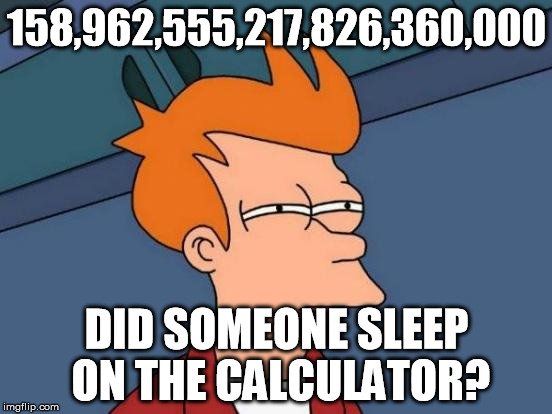
For a normal human being working without the aid of machines, it would take hundreds of years to go through all these possible settings, and there would still be no guarantee of success. Obviously, you could not possibly take that much time to decode a message in the theater of war, given the fact that the Nazi Army changed the settings of the machine as the clock struck 12 each day at midnight. All you had to work with was a meager 24 hours to go through trillions of millions of possible settings to decode a single message!
Did They Ever Crack The Enigma Code?
Indeed they did!
A coterie of intelligent people from a wide range of fields, led by a mathematician named Alan Turing, actually found a flaw in the code and cracked it open!
What was the flaw in the code? Can you figure it out?
You may try if you want, but if you can’t find the flaw, don’t worry; we’ve got you covered. Here’s the second part of this article: How Did Alan Turing and His Team Crack The Enigma Code? In this article, we discuss how they spotted that critical flaw in the Enigma Code that caused the fall of the Nazi Army and brought the war to a swifter-than-imagined end.





